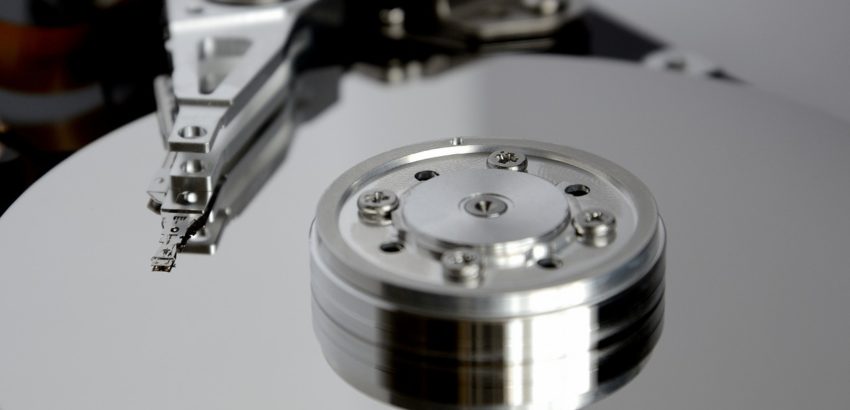Even though every day more and more companies are migrating not only their backups but also their infrastructure to Amazon AWS (Amazon Web Services), you may not know how insanely cheap and nice it is to have your backups in Amazon AWS.
First of all, we want to clarify: “cheap” doesn’t always mean “bad”. Amazon does a great job setting up their infrastructure, so their availability and storage cost is cheap. This makes sense as cost of disk space and digital storage has gone down significantly over the last several years. With Amazon AWS there is a trade off: their backup services “are not easy to understand”. They have focused on setting up a DIY strategy geared to “experimenters” and early adopters that have the time and patience to understand their different backup services and how to set them up. They don’t offer a lot of readily available customer support, but because they are so well priced, it is worth it to dig around and experiment until you get it just right for your business case. Hey, look at us, we are a team of engineers and we have been hearing about AWS backups for a while now and it was just in the last quarter that we have moved a lot of our backup strategies to Amazon AWS.
What Does Amazon AWS Offer?
Amazon offers different types of backup services for anyone (for personal use, businesses and even enterprise level users). They basically provide you with the infrastructure and the access to set it up and the rest is “up to you” and that’s what makes them very accessible in price (as mentioned above). I am going to try to explain briefly some of the backups services/types they have, what is each one for and also recommend you some apps you may want to try to use these backup services.
S3 Standard Backups
First, you have to know and decide: “how often do you think you will need to access your backups?” This is critical to know because this will define how much and what type of backups you need to have. If you need backups that are constantly done and very often needed (for high availability applications), then you will most likely want their S3 Standard Backups option. This option gives you access to your backups whenever you need it, so if you have an emergency or failure you won’t have to wait to get the backup sets, you simply download them and that’s it! Amazon’s pricing model is based on a combination of both storage space and data transfer (both ways, upload and download). The transfer pricing in the S3 option for these files are inexpensive. The costlier side of S3 is the actual storage space. Both are metered in Gigabytes (GBs).
S3 Glacier Backups
Amazon also offers the S3 Glacier backups, think of these as backups to something that you don’t know if you are going to need ever again but if you do need it, it will be there for you to obtain it. If you a personal user, these could be all the bunch of files that you have laying around on your desktop for “just in case” you want to open it someday. It is important to understand that these backups are not for something you will need in an emergency situation or for mission critical files. The downside of this option is how long it will take to access these backup files. I am not talking about the actual transfer, as this is very fast, I am talking about the file being available. Once you upload a file or backup set to this “big block of ice” it takes a few hours for the system to “notice” you have uploaded it. Even though you just uploaded something right this minute you won’t be able to see it or have access to download it for probably the next 4 or 5 hours. If you need to recover it faster you can pay an additional fee for that. On the flip side, this option is really cheap in regards to storage space (in GBs) you can use. However, whenever you need to download or upload something to S3 Glacier, the transfer (in GBs) will cost more than the Standard transfer rates.
How do we use Amazon AWS Backups?
To recap: setting up a backup strategy using Amazon AWS Backups is a matter of knowing what and where to store things using which service to get the best deal possible. In our case, all of the old websites, off-line projects and other work we have done and no longer use, we store using Glacier. All of the mission critical site files, system files, database and more is stored using S3 Standard. This is in addition to how you create your backups. Each company has different strategies, whether they do full backups, incremental backups, or a combination of both. All of these can work using Amazon AWS storage.
How to setup your backup strategies using AWS?
This is probably the more “complicated” part, as Amazon doesn’t provide you with any type of client software or programs to use these backup services. However, as these services are more frequently adopted, there are 3rd parties software vendors that have solved this issue. For servers and business backups, you can use cPanel native backup functionality which works very well with Amazon (applies to Linux hosting). If you use a Windows infrastructure, you can use CloudBerry (http://www.cloudberrylab.com/) which does a great job. For personal usage, we have tested FastGlacier (http://fastglacier.com/) and CloudBerry also offers a free option called CloudBerry Explorer which gives you a nice way to access your S3 Backups.
Do you still have questions about this or need help adopting an Amazon AWS backup strategy? Feel free to contact us, we are Amazon AWS power users in regards to backups. We will be able to help you out.

